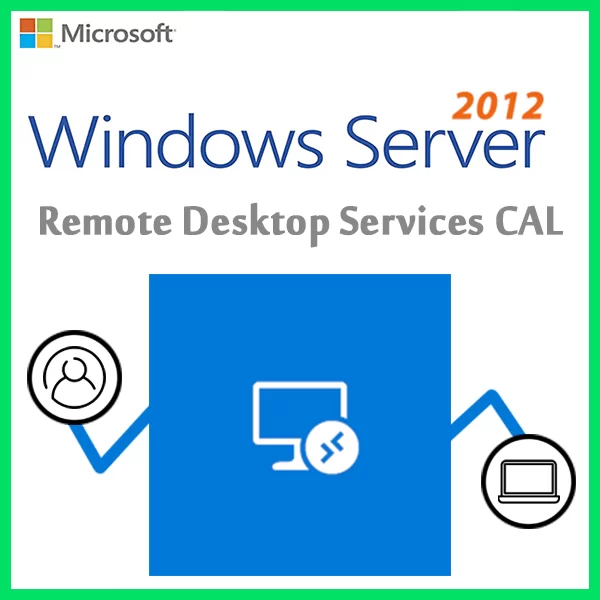Home » Hyper-V Virtualization: Building and Managing Virtual Machines
Hyper-V Virtualization: Building and Managing Virtual Machines
Virtualization is at the core of modern IT infrastructure, and Hyper-V is a powerful tool for creating and managing virtual machines (VMs). In this comprehensive guide, we’ll explore the ins and outs of Hyper-V virtualization, equipping you with the knowledge to build and manage VMs like a pro.
Understanding Virtualization
Before we immerse ourselves in the intricacies of Hyper-V, let’s establish a solid foundation in virtualization concepts. We’ll explore the fundamental reasons why virtualization is integral to modern IT infrastructure, such as resource optimization, scalability, and cost-effectiveness.
Getting Started with Hyper-V
Your journey begins with setting up Hyper-V on your Windows Server or Windows 10 machine. We’ll take you through the installation process step by step, providing insights into configuration options and best practices to ensure a seamless deployment.
Creating Virtual Machines
With Hyper-V in place, it’s time to embark on the exciting journey of VM creation. From defining hardware specifications, choosing the appropriate guest operating system, and configuring networking and storage, we’ll cover every facet of VM creation to ensure your virtual machines are tailored to your needs.
Virtual Machine Management
The art of effective VM management is central to a successful virtualization strategy. We’ll delve into tools such as Hyper-V Manager and PowerShell commands, empowering you to monitor, start, stop, and reconfigure your VMs with confidence.
Snapshots and Checkpoints
In the world of virtualization, snapshots and checkpoints are invaluable tools for backup and recovery. We’ll explore these features in detail, teaching you how to create, manage, and leverage them for preserving VM states and data integrity.
Networking in Hyper-V
Networking plays a pivotal role in VM management. Our comprehensive coverage of Hyper-V’s networking options includes virtual switches, network adapters, and network isolation, ensuring you can design a networking infrastructure that suits your organization’s specific requirements.
Storage Considerations
Optimizing VM storage is critical. We’ll guide you through virtual hard disks (VHDX), disk management, and storage strategies, ensuring that your VMs have the storage resources they need to perform at their best.
High Availability and Clustering
Business continuity is non-negotiable. Learn how to implement high availability and clustering in Hyper-V, providing fault tolerance and automatic failover for mission-critical VMs.
Security Best Practices
Security is paramount in virtualization. Our detailed discussion of security best practices covers everything from access control and role-based security to network and VM isolation, equipping you to protect your Hyper-V environment effectively.
Hyper-V virtualization empowers you to maximize your IT infrastructure’s potential while streamlining operations. This comprehensive guide has provided you with a solid understanding of the fundamentals of virtualization, mastery over Hyper-V installation and configuration, expertise in creating and managing VMs, and the skills to implement essential features like snapshots, networking, storage, and security. With this knowledge in hand, you’re poised to optimize your IT infrastructure and ensure the success of your virtualization initiatives.
Recent posts

DHCP and DNS Services: Essentials for Network Functionality
Explore the critical roles of DHCP & DNS in networks, enabling efficient IP address management and domain name resolution.

Understanding File and Storage Services in Windows Server
Explore Windows Server’s File & Storage Services for efficient data management, storage, and sharing within networks.

Exploring Active Directory: Core Functionality and Benefits
Discover the fundamentals and advantages of Active Directory for efficient user management and network administration.











